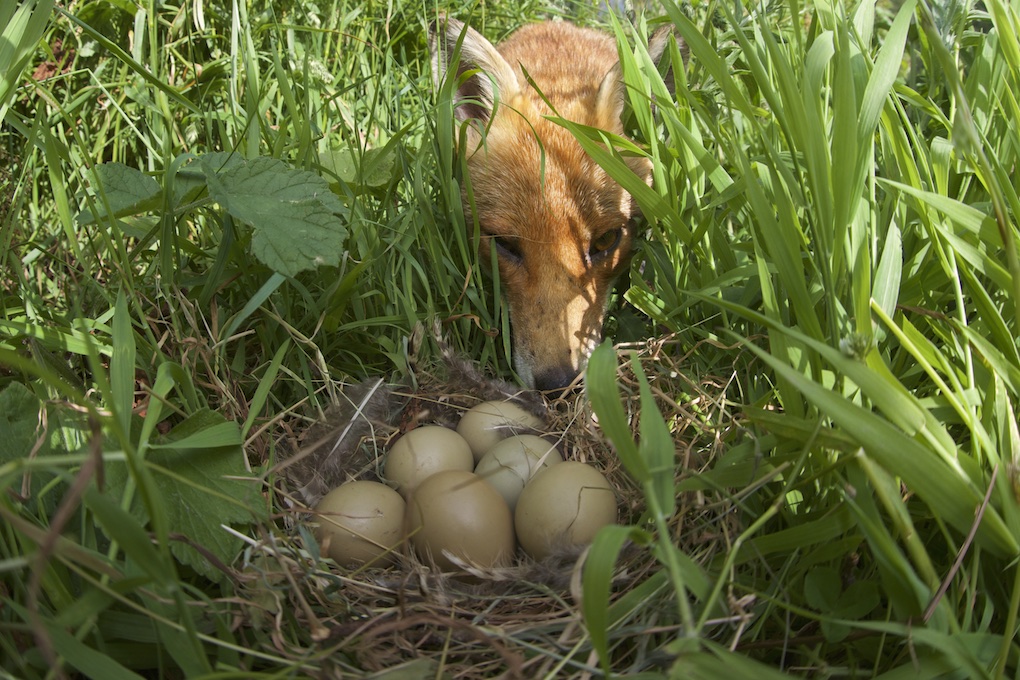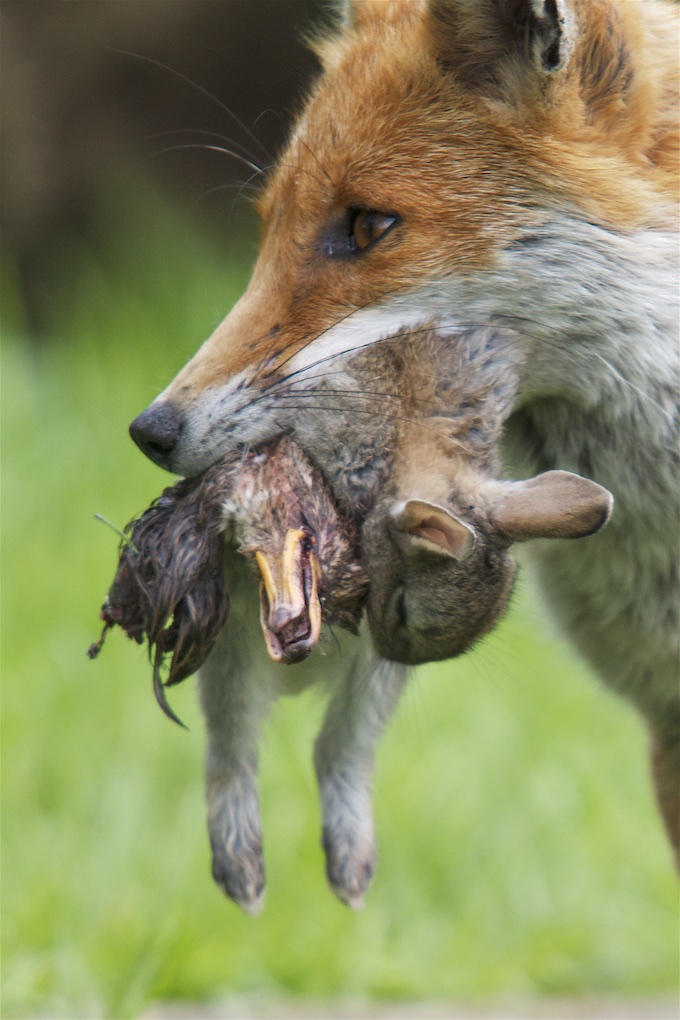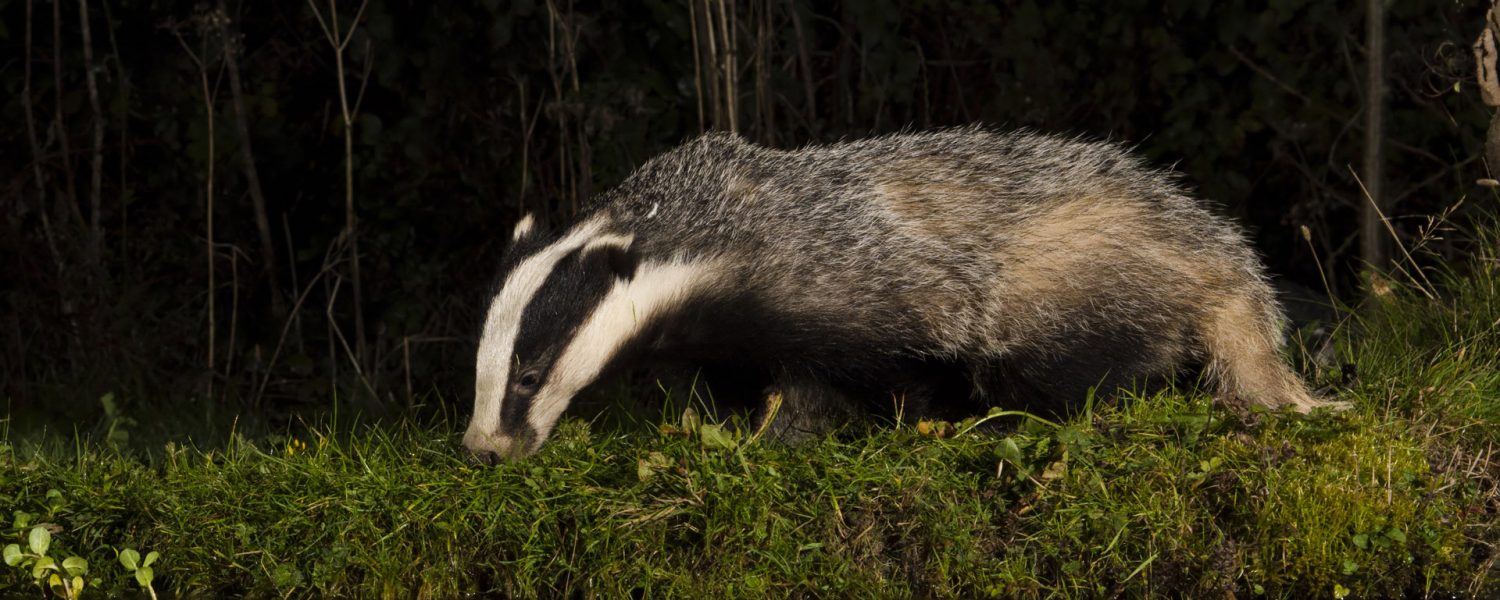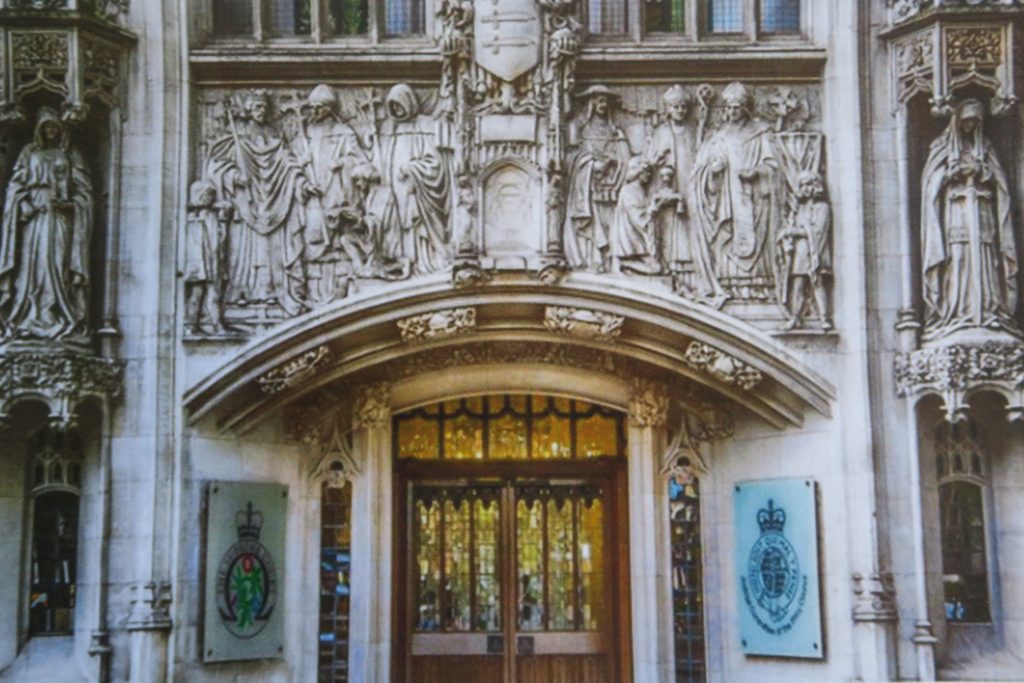
Overview of why the challenges are not being pursued to the Supreme Court
The badger culls are not just hugely controversial because of the large question marks over the validity of the science used by Government to justify them. Concern has also mounted over their potential impacts upon protected species and nature reserves. Complaints to the Bern Convention and early legal challenges in 2014 focused on Natural England’s (NE) duties to prevent such impacts. It emerged that there had been all but complete disregard of the potential impact of the disruption of carnivore communities (Carnivore Release Effects (CRE)) in the west of England following removal of badgers across large areas.
The Badger Crowd has since been at the forefront of efforts to see this and other vital omissions exposed. If NE are going to licence badger culling, they are required by statute to do so in a way that ensures collateral damage to other wildlife is avoided. However the legal challenges since 2014 and particularly since 2017 have exposed countless critical failures of assessment by NE, in clear dereliction of its statutory duties. These are failures that have undoubtedly put sensitive species and protected wildlife sites at genuine risk.
Disappointingly the Courts – while acknowledging that NE has failed in its statutory duties – have repeatedly declined to quash licences. In large part this is because NE have repeatedly moved to try and patch up their procedures under the duress of imminent court hearings, and have been equally quick to promise that they will tackle further flaws that have been exposed in front of judges. In other words, it is the pressure brought to bear by the legal challenges that has forced NE down the road of doing the very assessments they should have been doing in the first place.
This is why the recent decision, not to take this matter to the Supreme Court is the right one and why the application to the Supreme Court regarding Supplementary Culling policy is now the main focus (see previous blog). But while the current challenge to NE’s assessment procedures has run its course, no-one should confuse the lack of an outright legal victory with failure. The Badger Crowd and other donating charities can and should be extremely proud of how far the challenges it has helped fund have dragged NE towards due and proper compliance with its duties towards wildlife protection. The agency responsible for nature conservation was clearly giving little or no thought to this prior to the harsh light of legal proceedings being shone on them. By the same token it has to be a matter of acute shame and embarrassment for NE that its failures have been so great, that their magnitude is on permanent record and that it is only the duress of legal challenge that has forced it to make concerted efforts towards doing its job properly.
Further detail
On the basis of the earliest assessments that have been seen, the impact of, for example doubling fox numbers (as prior studies indicated could happen) on birds, roosting or nesting on or close to the ground, seemed hardly to matter to NE. Other un-researched disturbances were also quite likely to occur but remained unaddressed by them or those to whom they granted licences. Under legal scrutiny, NE brought out a range of excuses. Firstly it didn’t think it happened much, then OK perhaps it could inside cull areas, but we will have it covered next year with a new approach. Then came denial that cullers could harm reserves by driving over habitats: digging in traps and shooting with lamps and shotguns. Then, OK it could do harm; we will check and stop that on some SSSI’s.

Over the last five years, NE have repeatedly retracted their position regarding Habitat Regulations Assessments, following detailed legal challenge and engagement by ecological experts Dominic Woodfield and Tom Langton. Then, in July 2018, after Sir Ross Cranston formally found NE in breach of their statutory duty on certain aspects in the High Court hearing, NE caved-in. As a result, vast areas of England outside cull zones became immediately subject to scrutiny and protective analysis, exactly as the legal challenge had said they must, and indeed should have been since 2013.
Within weeks of the 2018 ruling, which was also appealed for not going further and quashing cull licences, a set of guidelines on how to address CRE issues were produced by NE, borrowing heavily from the claimant’s witness evidence. Basically NE’s formal recognition of the potential problems was fully established for the first time.
Guidelines to address the problems had been forced out of NE, enabling regional NE staff to express concerns that evidence suggests had previously been ignored, dismissed or overruled. However on the one hand guidelines were saying safeguards from disrupted ecosystems were mostly ‘ultra-precautionary’, while on the other hand they said that they needed detailed consideration and monitoring.
In fact screening of SSSI damage went from minimal effort to large spreadsheets containing ‘screening matrices’, and eventually all European Sites (e.g. SPA, SAC, RAMSAR) within range of effects were required to have what is called an Appropriate Assessment. This extensive exercise includes wider undertakings to examine what happens if predatory mammal numbers shift in response to long-term forced change to wild mammals.
As a result of these more detailed assessments, some sites had badger culling withdrawn (e.g. where Stone Curlew nest on Salisbury Plain) and some smaller SSSIs were excluded. But underlying NE’s case that culling should be allowed within or adjacent to other sensitive sites was an untruth pledged by NE that its operational capacity is able to monitor and address carnivore release effects or other negative implications arising from badger culling.
However, monitoring CRE for just a single site would take an extensive and time-consuming research project to identify and quantify any effects and isolate them from other sources; something NE has no capacity to implement at all yet seemed unwilling to place as a duty upon the cull licensees. Further NE kept and still keeps cull areas secret, and SSSI’s under threat secret too. So any precautionary approach to checking sensitive species numbers before during and after culling was deliberately and unfairly frustrated as exposed by the Information Commissioners at a tribunal in 2017.
Some have pointed out that the lack of seriousness with which the government considered the issue from the start parallels what we see with the annual mass release of millions game birds in the countryside on and next to SSSI’s, that also bolsters carnivore numbers artificially. Also all but ignored, until recently.
NE’s new chairman Tony Juniper tried to achieve a sleight of hand by on the one hand complaining NE was so hollowed out as to be unable to monitor most SSSI’s, yet on the other pretending it was on top of monitoring of species and habitats at risk from change brought about by badger culling. How? Through a range of fanciful NE positions. These days, game bird release is commonplace near nature reserves and wildlife sites of all kinds. Local gamekeepers armed with expensive night-vision rifle scopes (that suddenly NE thinks they all had or would have) would spot any increase in foxes (stoats, weasels and even hedgehogs) and deal with them instinctively to restore some kind of notional ‘balance’.
Not necessary to do anything then? Not quite. This year NE wrote to cull companies saying there was now, in effect, a legal obligation on cull companies to provide baseline fox control information (read more here and here) and asking them to make and keep a note of past and present fox control effort. But this was resisted. So is that it? So much for NE ensuring monitoring is in place to capture changes to sensitive bird numbers. A shocking proxy approach to monitoring potential impacts. So poor is the data on changing bird numbers in badger cull areas that NE and British Trust for Ornithology have kept secret the single monitoring exercise undertaken. This attempt to mask the truth reflects badly on NE and BTO.
Frankly this is all as farcical as it is damning. Nature conservation is being handled with contempt by the agency we help, pay and expect to look after it with the care it requires. It has taken The Badger Crowd many tens of thousands of pounds to help the claimant force the government to take this seriously and they still haven’t. They don’t actually seem to want to recognise the issue and research likely impacts. They have delayed, squirmed and argued denial all the way through the courts. They have just managed to get away with preventing the quashing of cull licences by delay, secrecy and by changing the licences every time they are challenged. To cap it all, NE even claimed they had lost highly sensitive information and evidence just when it was getting difficult, and they got away with it.
All this shows just how deeply standards have slipped in Natural England over the last ten years. Yet now the legal advice is that no matter how incisive the challenge, NE have got to a position where it is unlikely that legal action will prevent the issuing of any badger cull licence. All that can be done is to continue to chase them to protect nature properly as they should have done from the start.
What remains at stake is the unknown, unmeasured level of potential disruption to declining species and nature reserves from the known primary and secondary effects of badger culling, something everyone should still be very concerned about. As the government technical reports warned back in 2007 and when Wales decided CRE risks were real and threatening before deciding not to cull.
Badger protectionists don’t just care about badgers but also the places where they live. Over the last five years, one of the largest legal actions ever to defend badgers has, and still is being conducted through the courts. The legal challenges also draw awareness to threats to internationally protected birds and other wildlife on SSSIs. This has been done so as to highlight the shortfalls of government policy in relation to the side effects of the cruel unnecessary killing of badgers.
Legal action has in effect changed the requirements for badger cull licensing, although it was not successful in being awarded legal ‘relief‘ (quashing of cull licences) and getting the claimant’s money back. Natural England were mauled but survived the legal challenge, but only by doing a complete volte-face with their advice, and by obstructing the release of information that would make initial analysis of the effects of badger culling possible.
There are plenty of new lines of enquiry into the Natural England position and these are being looked at now, so NE, that has always refused to communicate in any helpful way to concerned stakeholders on the subject, could soon be in receipt of more letters and perhaps another five years of legal action.


